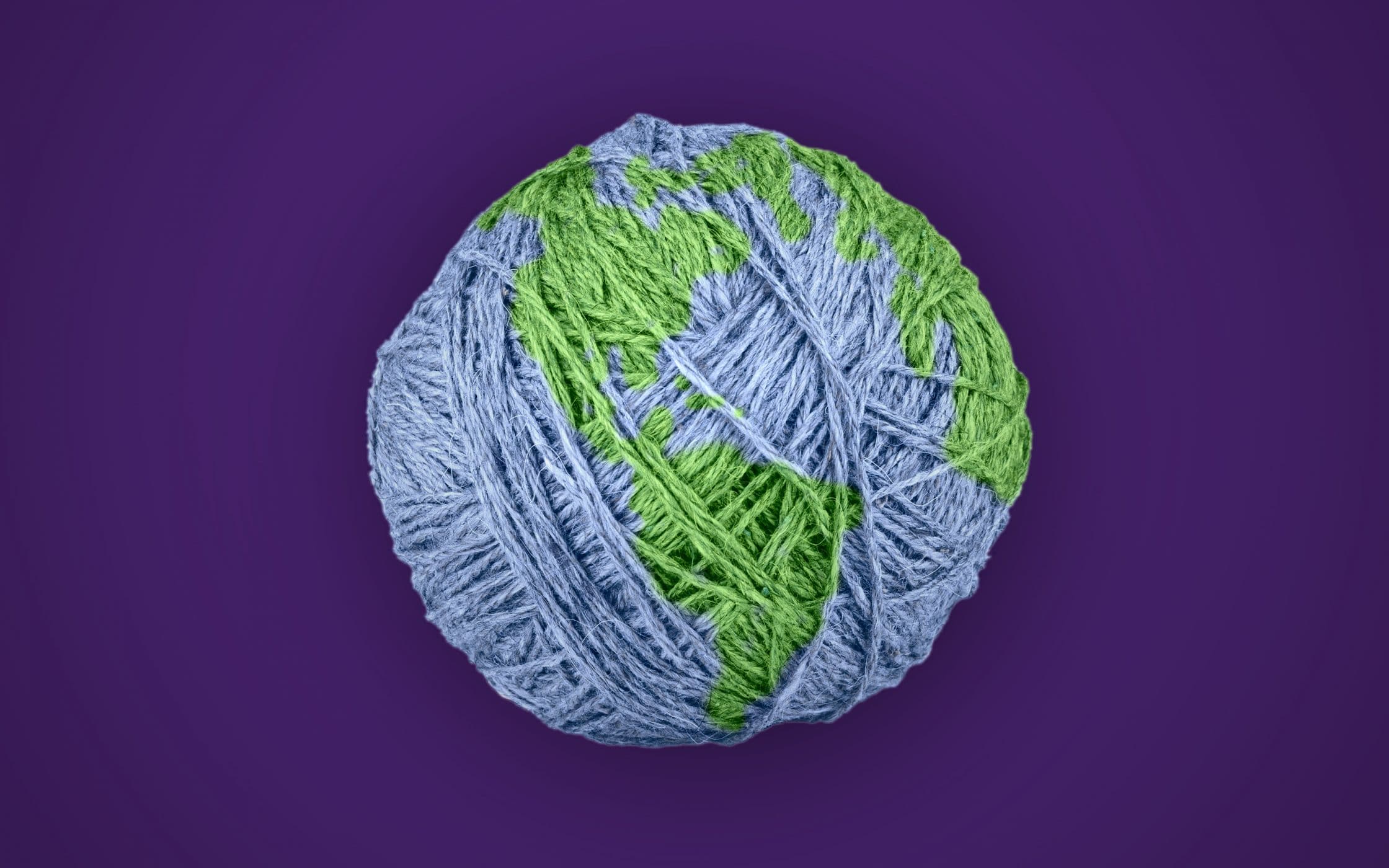Stay Ahead of the Contour by Exploring Cutting-edge Style Patterns
In an industry as dynamic as fashion, staying ahead involves more than simply following present fads-- it requires an exploration of development. Smart fabrics, for circumstances, are changing garments into useful masterpieces, while 3D printing is reinventing layout processes with its adjustable, waste-reducing capabilities. As sustainability becomes a keystone, innovations like environment-friendly materials and circular style practices are reshaping environmental duty - Cape Town Sustainable Fashion. Additionally, the merging of modern technology and fashion advertises a brand-new age of customer involvement. How, after that, can these arising fads redefine the future of style, and what ramifications do they hold for brands seeking to thrive in this developing landscape?

Embracing Smart Textiles
Recently, the garment industry has actually observed a transformative change with the assimilation of wise fabrics, an innovative development that blends technology with material. This advancement represents not just a blend of appearances and performance yet additionally a considerable jump in the direction of sustainability and personalization in style. Smart fabrics, also referred to as e-textiles, installed advanced electronic devices such as sensors and conductive strings within the fabric, allowing garments to engage with the atmosphere or the wearer.
These fabrics are made to keep track of physical specifications, such as heart rate or body temperature, supplying real-time health analytics. Past health and wellness applications, clever textiles are also being made use of for flexible clothes, which can alter shade or pattern in reaction to environmental stimulations, hence offering a vibrant style experience.
Furthermore, the development of energy-harvesting fabrics that produce power from activity or sunshine is leading the method for self-sufficient wearable modern technology. This advancement is attracting environmentally conscious customers and developers intending to minimize the eco-friendly impact of style. As research and growth in this field breakthrough, clever fabrics are expected to end up being significantly prevalent, reshaping the landscape of modern fashion with their multifunctional abilities.
The Increase of 3D Printing
Transforming the manufacturing landscape, 3D printing has arised as a game-changer in the garment industry. This sophisticated technology has allowed designers to press the borders of creativity, generating elaborate and customized garments that were previously unimaginable. By leveraging electronic design and additive manufacturing, 3D printing facilitates the creation of intricate geometries and patterns, allowing developers to explore brand-new appearances and frameworks.
A significant advantage of 3D printing in vogue is its capacity to create on-demand, lessening waste and lowering inventory needs. This performance not only optimizes production procedures but additionally enables rapid prototyping, allowing developers to bring their visions to life in a much shorter timeframe. Moreover, 3D printing supports customization somewhat unrivaled by conventional techniques, using one-of-a-kind styles and customized fits tailored to individual consumer choices.
The increase of 3D printing has actually likewise democratized fashion, making it obtainable to arising developers that can currently fabricate high-grade items without considerable economic investment in standard manufacturing framework. As technology remains to development, the fashion business is positioned to harness the full potential of 3D printing, exploring new materials and methods that will undoubtedly redefine just how fashion is developed and generated.
Sustainable Style Innovations
As the garment industry comes to grips with the pressing demand for environmental responsibility, lasting style technologies have emerged at the leading edge of transformative change. The expanding recognition of eco-friendly effect has actually sustained a change towards more eco-conscious techniques and materials. Brand names and designers are now focusing on sustainability, integrating methods that lessen waste and minimize carbon impacts.
One significant advancement is the increase of circular fashion, which stresses recycling and upcycling to extend the lifecycle of garments. This technique not just reduces waste however additionally motivates customers to adopt a much more mindful method to clothing usage. In addition, using sustainable products, such as organic cotton, hemp, and recycled polyester, has actually obtained traction. These materials require less water and energy during manufacturing, significantly decreasing environmental effect.
Another advancement hinges on the fostering of cutting-edge dyeing strategies that use natural dyes or waterless processes, consequently reducing the huge quantities of water and chemicals typically made use of in textile dyeing. Moreover, developments in biotechnology have led to the creation of lab-grown leather and fabrics, supplying eco friendly and cruelty-free alternatives to conventional materials. Through these pioneering initiatives, the garment industry is making purposeful strides article in the direction of a more sustainable future.

Tech-Integrated Garments
Tech-integrated garments stands for a groundbreaking fusion of style and technology, improving exactly how people engage with their clothing. This cutting-edge this post domain name is marked by the inclusion of smart fabrics and ingrained electronic parts, boosting both capability and aesthetic appeal. From health and fitness trackers installed in sports apparel to warmed jackets regulated using smartphone applications, tech-integrated clothing offers customers extraordinary comfort and flexibility.
Introducing brand names are driving this trend, concentrating on developing garments that react to environmental stimuli or user commands. As an example, some garments can change shade or pattern in response to temperature level changes, while others incorporate biometric sensing units to monitor health metrics like heart price or stress levels. The smooth integration of innovation right into textiles additionally encompasses ecological sustainability, with efforts to establish self-cleaning textiles or garments that change to weather, hence decreasing the requirement for numerous layers.
Additionally, the introduction of wearable technology is not just restricted to apparel however includes accessories like watches and glasses, further broadening the extent of tech-integrated style. As the market remains to introduce, the potential for personalization and personalization in apparel grows, supplying customers special, tech-enhanced style experiences that satisfy their individual needs and preferences.
Future of Virtual Style
In current years, the future of digital style has actually become a transformative force within the industry, leveraging innovations in electronic technology to redefine exactly how style is produced, experienced, and consumed. By integrating augmented reality (AR), online truth (VIRTUAL REALITY), and 3D style tools, developers can currently craft interactive and immersive experiences that transcend typical style boundaries. Online style enables the creation of garments that exist only in electronic environments, providing countless possibilities for innovation without the restrictions of physical production.
This electronic shift not just provides opportunities for imaginative expression yet also addresses sustainability issues fundamental in traditional fashion methods. Cape Town Sustainable Fashion. By removing the need for physical resources, online style minimizes waste and decreases carbon footprints. Furthermore, the increase of virtual style straightens with the raising consumer demand for special and customized experiences, as virtual garments can be personalized and customized to private preferences easily

Final Thought
The fashion business's future hinge on the integration of lasting practices and ingenious innovations - Cape Town Sustainable Fashion. Smart textiles and tech-integrated clothing are boosting capability, while 3D printing uses possibilities for personalization and waste reduction. Lasting style, with circular methods and environmentally friendly materials, shows a commitment to environmental stewardship. Furthermore, online style is positioned to redefine consumer communications. Adjusting to these trends is essential for brand names looking for to continue to be competitive and appropriate in this quickly advancing landscape.
In recent years, the style industry has witnessed a transformative shift with the integration of clever fabrics, a cutting-edge technology that mixes innovation with material.As the fashion industry grapples with the pressing demand for environmental duty, lasting fashion advancements have emerged at the forefront of transformative adjustment.In current years, the future of virtual style has arised as a transformative pressure within the industry, leveraging developments in electronic innovation to redefine how style is developed, experienced, and taken in. The surge of digital style aligns with the boosting customer need for personalized and distinct experiences, as virtual garments can be tailored and tailored to private preferences with simplicity.
The style industry's future lies in the assimilation of innovative innovations and lasting techniques.